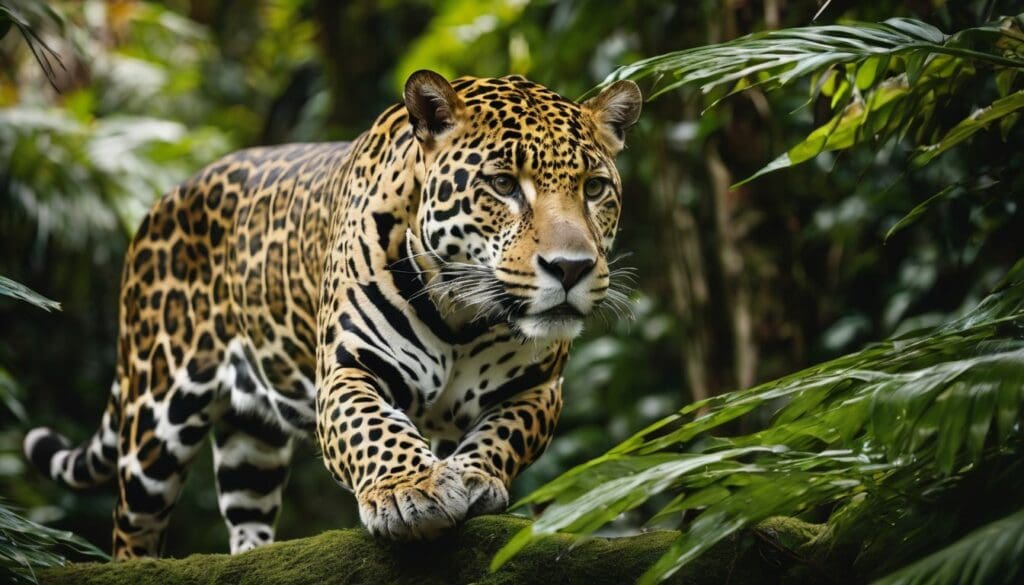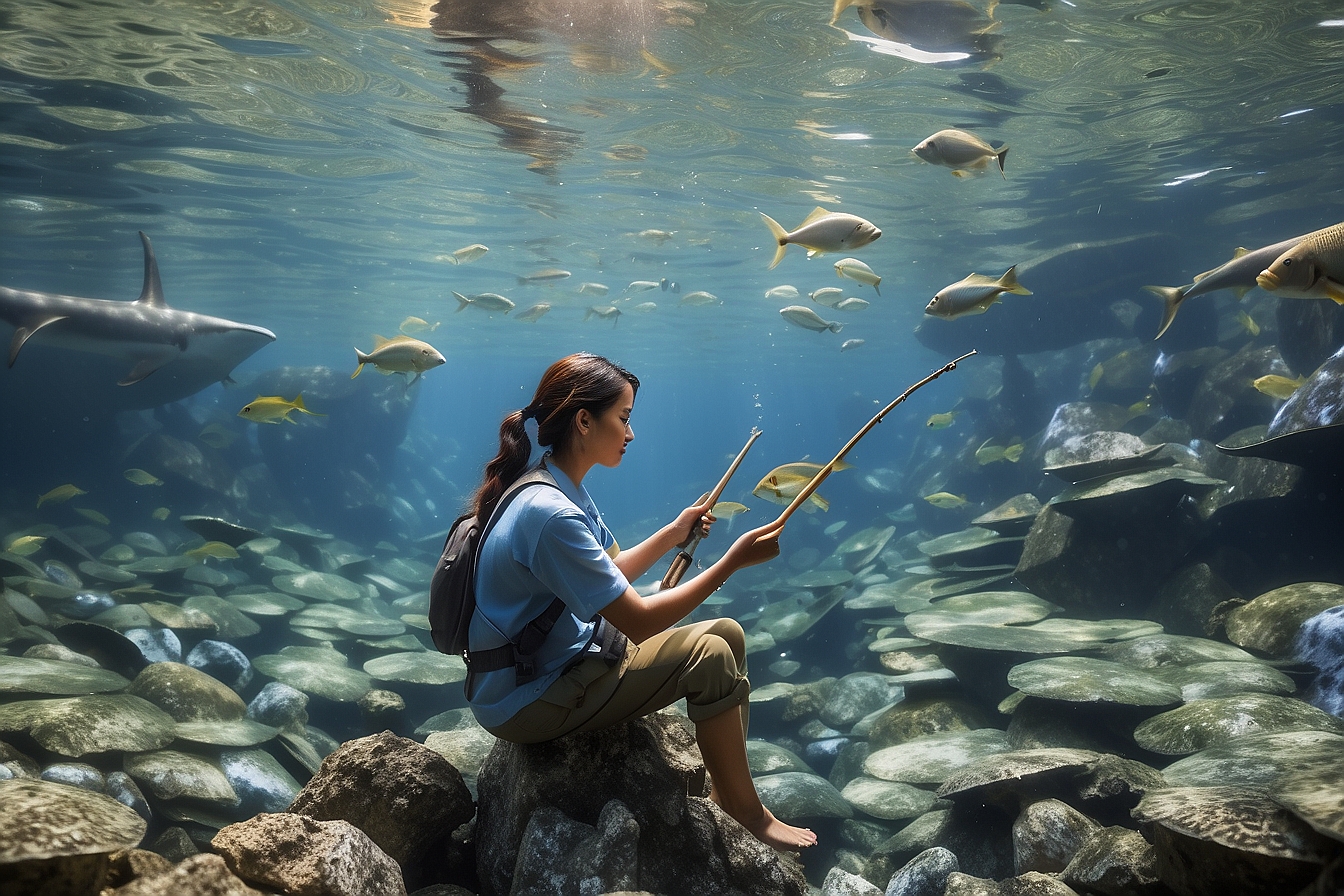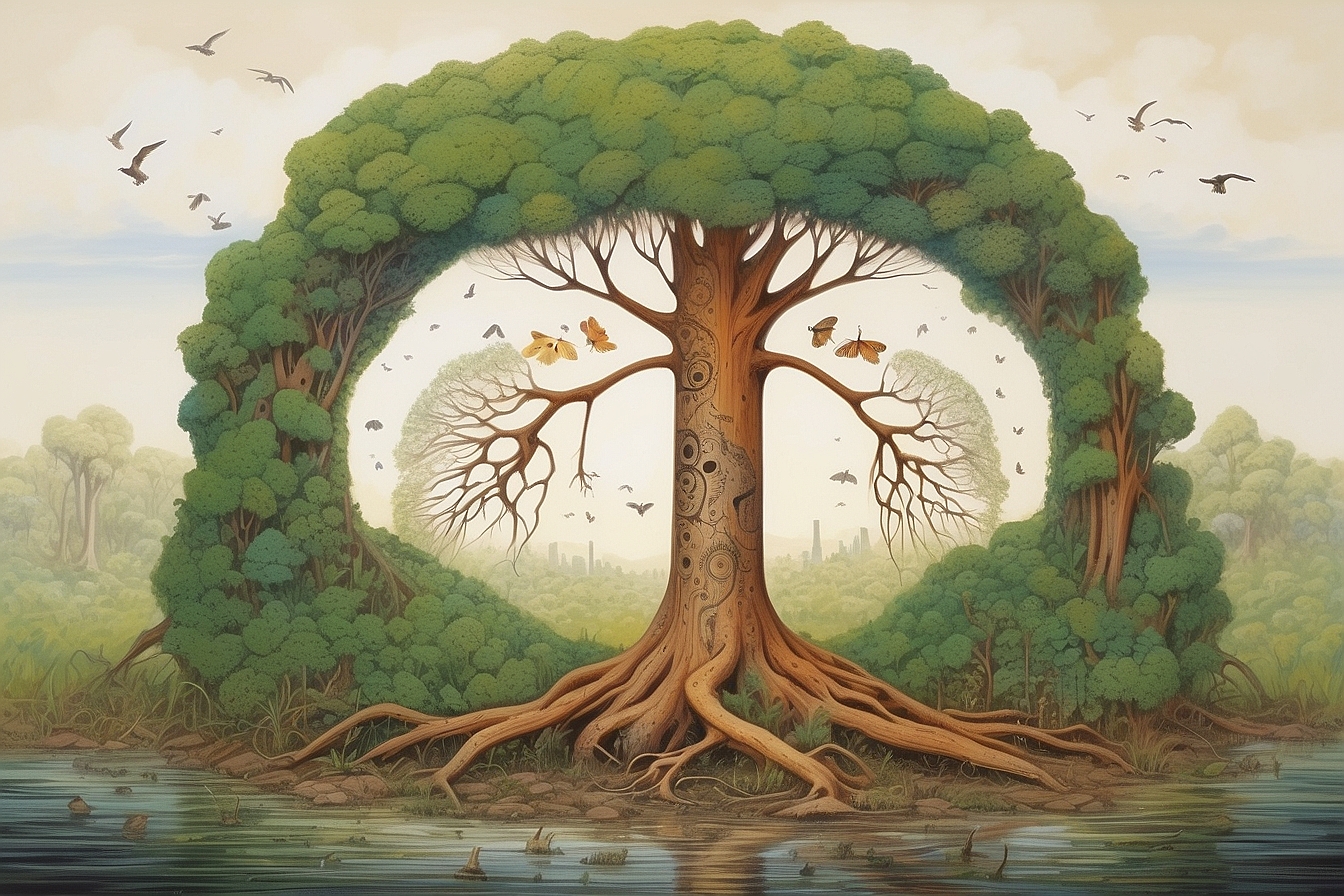Witnessing the transformation of the Amazon’s verdant expanses into desolate tracts is a heart-wrenching spectacle that strikes a chord with us all. We deeply share your consternation; it’s profoundly troubling to learn that, with every passing minute, an expanse of the Amazon rainforest equivalent to 1.5 football pitches falls prey to deforestation.
Our team has journeyed to the very heart of this conflict, providing insights into how dedicated Rainforest Guardians are ferociously battling to safeguard our globe’s most biodiversity-rich haven.
It’s inspiring to uncover their strategic efforts and celebrate their triumphs as they champion not just for countless species but also our shared future.
Continue reading – amidst these challenges, we’re reminded that hope flourishes like a resilient seedling breaking through tough soil!
Key Takeaways
- Rainforest Guardians fight every day to protect the Amazon, using technology like drones and GPS tracking to monitor forests and stop illegal loggers.
- Communities are working with environmental groups to create protected areas, enforce laws against poaching, and conserve the vast array of species living in the rainforest.
- Brazil’s recent policies have caused an increase in deforestation activities, risking not just trees but all wildlife in the Amazon. Conservationists call for global action and policy advocacy to reverse these changes.
- Indigenous communities join forces with activists worldwide, implementing sustainable economic alternatives while defending nature against destructive practices.
- The conservation of the Amazon is a combined effort that benefits from technological advancement, international cooperation, and strong local knowledge from indigenous land defenders.
The Role of Rainforest Guardians in Amazon
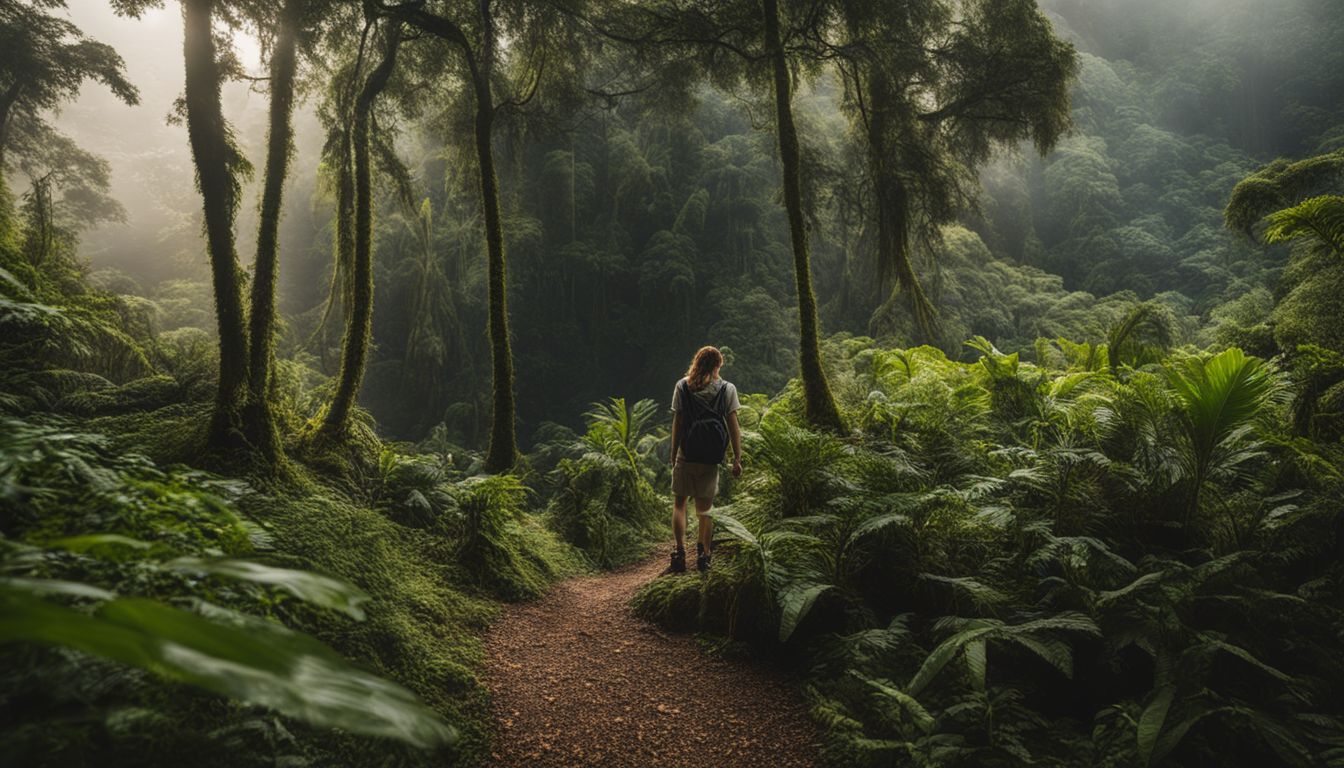
We stand as vigilant stewards of the Amazon, where Rainforest Guardians tirelessly combat threats to this vital ecosystem. They’re not just fighting for the forest but championing the survival of countless species that depend on its untouched wilds.
The Fight against Deforestation
Our fight against deforestation in the Amazon is not only about saving trees. It’s a crucial battle to preserve the rich biodiversity and mitigate climate change. Illegal logging, land clearance for agriculture, and forest fires threaten this valuable ecosystem every day.
We join forces with local communities, supporting their efforts to protect their ancestral lands from being deforested.
Together with ecological warriors from groups like the Cofan in the Ecuadorian Amazon, we tackle environmental destruction head-on. These guardians use environmental management techniques to monitor threats and organise conservation strategies effectively.
Our combined actions aim at keeping the most biodiverse place on the planet intact, safeguarding habitats for jaguars and spectacled bears while ensuring that future generations can sustainably benefit from natural resources.
Conservation of Wildlife
We strive to safeguard the Amazon’s rich tapestry of life, where every creature plays a critical role in maintaining the balance of nature. Protecting the endless variety of animals and plants means halting biodiversity loss that threatens our planet’s health.
Our conservation efforts are relentless; we work tirelessly to create and enforce protected areas, shield rare species from poachers, and nurture ecosystems back to vitality.
Conserving wildlife involves more than just drawing lines on a map – it requires active engagement with local communities to promote sustainable use of forest resources. We stand united with indigenous land defenders who understand the value of their ancestral territories better than anyone.
Together, we combat illegal wildlife trade and extractive industry projects that jeopardise biodiversity conservation within this global treasure trove known as the Amazon region.
Technology Aiding Indigenous Forest Monitors
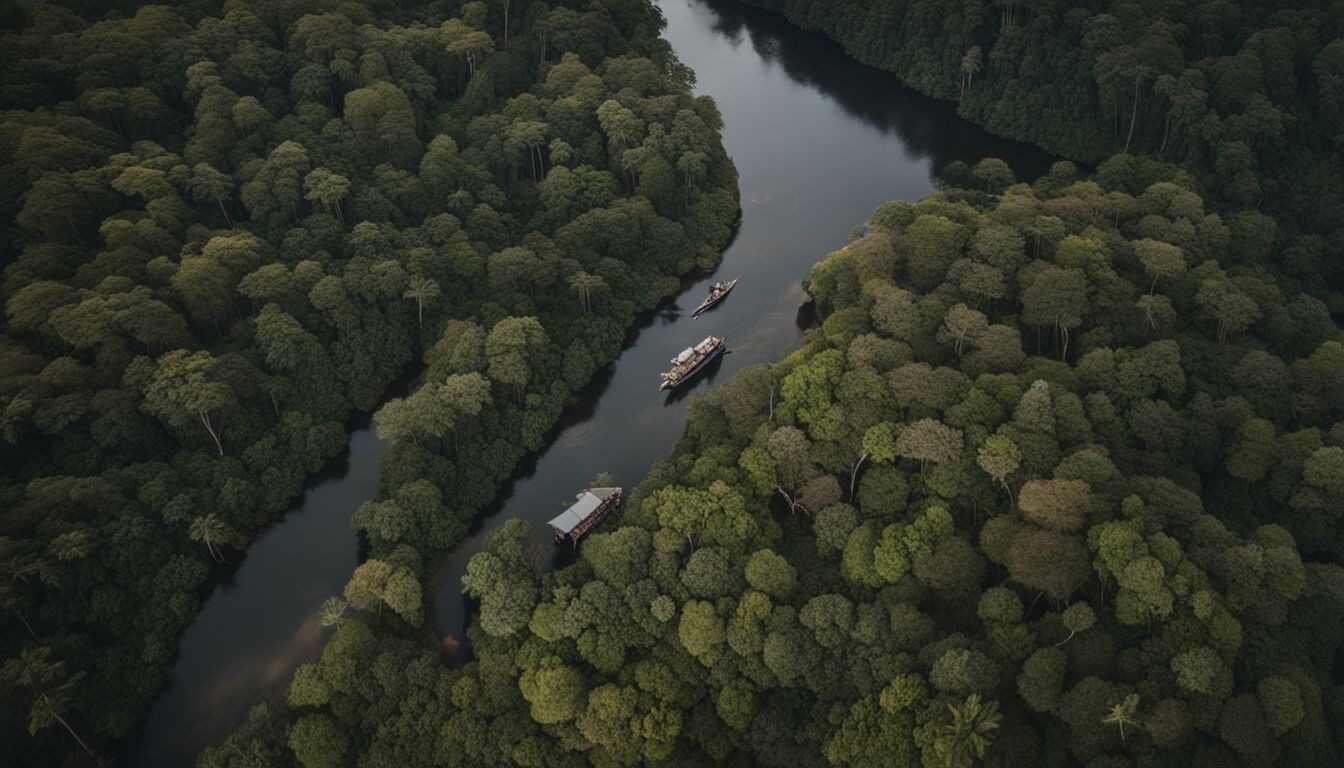
In the heart of the Amazon, environmental protection takes a leap forward with modern tech at indigenous forest monitors’ fingertips. They harness satellite imagery and drones to keep an eagle eye on biodiversity protection zones.
This real-time surveillance empowers them to spot illegal loggers miles away before they can do harm. With smartphones, we send alerts and coordinate quick responses throughout dense forests.
Using GPS tracking, we’re also mapping out sacred lands, pinpointing crucial habitats within the great forest’s tapestry. Our actions deter those threatening precious ecosystems and help us preserve the rights of nature effectively.
Every tree saved is a victory against the warming of the earth; every species protected contributes to keeping our planet’s rich biodiversity alive for future generations.
The Impact of Brazil’s Policies on Amazon Protection
We’re witnessing first-hand how Brazil’s policies are shaping the fate of the Amazon. Since President Bolsonaro’s administration took office, there has been a significant shift in environmental enforcement that concerns us all.
Relaxing regulations and cutting budgets for key environmental agencies have opened doors for increased deforestation activities, threatening not just the trees but every creature that calls this great wilderness home.
Our hearts sink with each report of cleared land where once stood ancient forest giants—a clear message on how governmental decisions can accelerate the loss of precious habitats.
It is vital we understand these policy changes do not only impact Brazil; they reverberate across our planet. Now more than ever, conservation groups and individuals alike must rally together to advocate for policies that truly protect the Amazon and its incredible diversity of life.
The Collective Fight for Amazon’s Preservation
As guardians of our planet’s future, we cannot overlook the urgency to protect the Amazon. Our collective efforts make a profound difference in preserving this vital ecosystem. Indigenous communities, environmental activists, and international organisations tirelessly collaborate to safeguard these ancient lands from further destruction.
Joining forces with people like Pablo Fajardo and supporting alliances forged within regions such as the Great Bear Rainforest serve as shining examples of successful conservation initiatives.
We champion sustainable practices that respect the delicate balance of nature while promoting economic alternatives for local populations who rely on the forest for their livelihoods.
Defending against harmful policies set by leaders like Jair Bolsonaro requires persistent advocacy and global awareness—our voices are stronger together. Diverse groups around the world are uniting in this battle; every action counts towards preventing irreversible damage to one of Earth’s most precious resources—the Amazon rainforest.
Conclusion
We stand united in our commitment to shield the Amazon and its inhabitants. Our resolve strengthens as we advocate for sustainable practices and policies that safeguard this vital ecosystem.
The spirit of co-operation fuels progress, ensuring the sights and sounds of the rainforest continue to thrive for generations to come. Let us remain steadfast, harnessing innovation and unity in defending one of Earth’s greatest treasures.
Together, we will ensure that the heart of our planet keeps beating strong.
FAQs
1. Who are the rainforest guardians?
Rainforest guardians are people and organisations who work to protect and preserve the Amazon rainforest and its wildlife.
2. What do rainforest guardians do to protect wildlife?
Rainforest guardians monitor wildlife, create protected areas, fight illegal activities, and educate communities about conservation.
3. How can I help the Amazon’s wildlife?
You can help by supporting conservation efforts, reducing paper and wood consumption, or donating to organisations that protect the Amazon.
4. Why is it important to save the Amazon’s wildlife?
Saving the Amazon’s wildlife is crucial because it maintains biodiversity which is key for a healthy ecosystem balance and human well-being.
5. Can anyone become a rainforest guardian?
Yes, anyone can be a guardian of the rainforest by spreading awareness and making choices that support its conservation.

